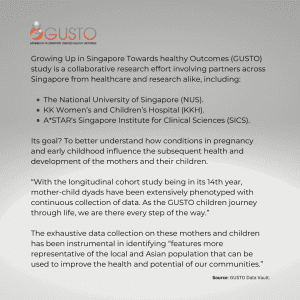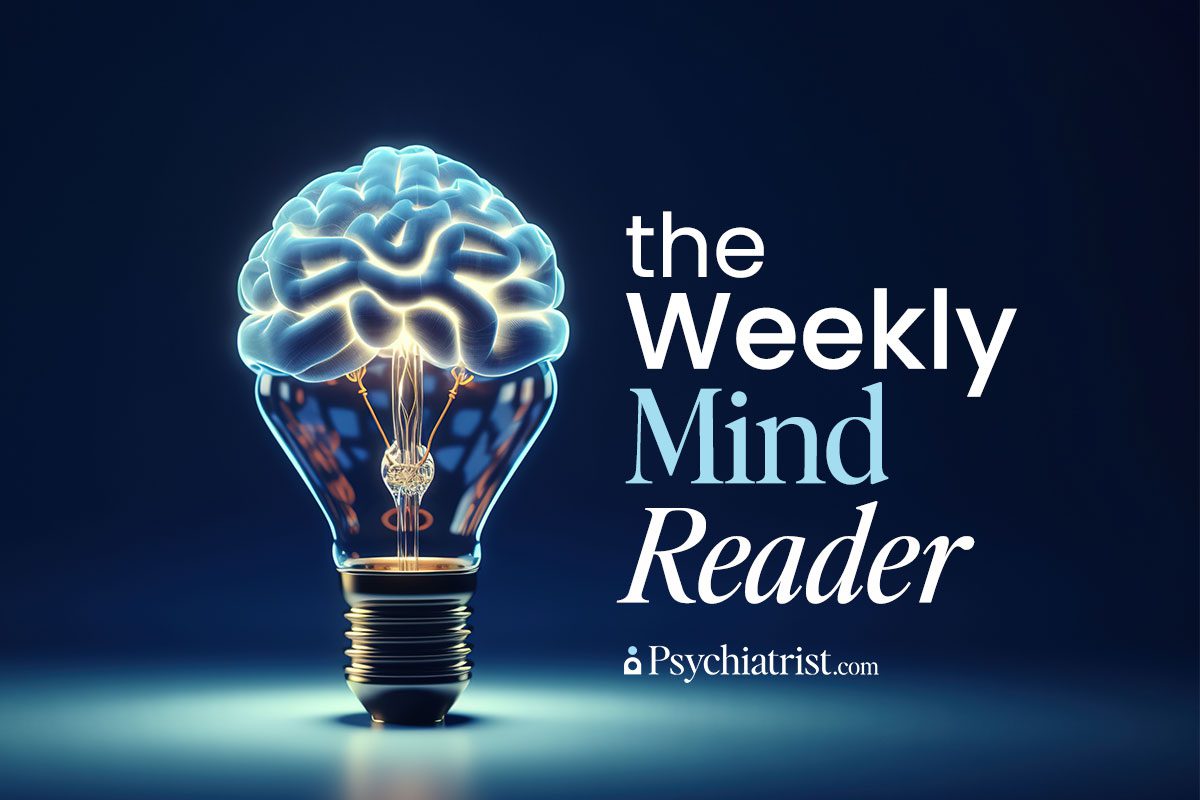Well, it turns out the School of Hard Knocks might not be worth the high tuition after all. Nature Mental Health just published a study showing how early childhood adversity ramps up brain development in kids, especially during preschool. This acceleration, which the researchers attribute to an adaptation to adverse circumstances – such as a mother’s mental or physical health challenges during pregnancy – could boost the risk of cognitive and mental health issues later on in life.
It reinforces earlier – and repeated – findings that show early childhood adversity has implications that can last a lifetime.
Mining a Groundbreaking Dataset
Capitalizing on neuroimaging data from the Growing Up in Singapore Towards healthy Outcomes (GUSTO) research initiative, the authors identified a tie between early life adversity and the pace of brain development through childhood progression.
Scientists have long suspected – and extensively researched – ELA exposure and pegged it a lingering health threat for decades, whether it takes the form of general cognitive impairment or major depressive disorders.
Prenatal ELA exposure reverberates in brain development throughout childhood and is typically most apparent in preschool. Earlier studies contributed to the conventional wisdom that advanced development is the body’s way of compensating for early life challenges.
A Modified Methodology
To replicate the pace of brain development across childhood, the study team leveraged multi-modal MRI scans from the GUSTO birth cohort. The teams gathered the scans from 549 children at three time points – ages 4.5, 6.0, and 7.5 years – allowing the researchers to examine the link between ELA and brain development longitudinally.
In this study, a measure that combines structural connectivity and functional connectivity of the brain was used to provide insights into the association between brain structure and function. This measure, known as structure-function coupling (SC-FC), reflects a child’s potential for neuroplasticity, the brain’s ability to adapt and reorganize … to learn, recover from injury, and adjust to new experiences. In early childhood, the brain is expected to be less specialized and more adaptable, matching a decreasing trajectory of SC-FC over childhood.
Results to Drive Future Research
Notably, the study’s findings tagged the period between ages 4.5 and 6 years as a potential window for early intervention to improve outcomes for ELA-exposed children.
“Our study provided evidence that exposure to early-life challenges affects the pace of brain development across childhood,” lead author Tan Ai Peng, MD, explained. “This, in turn, has significant effects on future cognitive and mental health outcomes. If we can develop screening tools to detect accelerated brain development, we will be able to implement interventions earlier, and prevent cascading consequences of accelerated brain development for mental health.”
Looking ahead, the team’s already targeted critical points of future research, such as “whether ELA’s effects on accelerated brain development across childhood sets the stage for premature brain aging in later stages of life, and the effectiveness of intervention strategies that could mitigate the effects of ELA exposure such as the promotion of psychological resilience through cognitive behavioral therapy.”
Further Reading:
Mental Health Conditions in Youth With Autism Spectrum Disorder
Childhood Adversity and Depression
Childhood Adversity and Schizophrenia: The Role of Resilience



